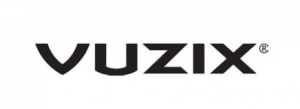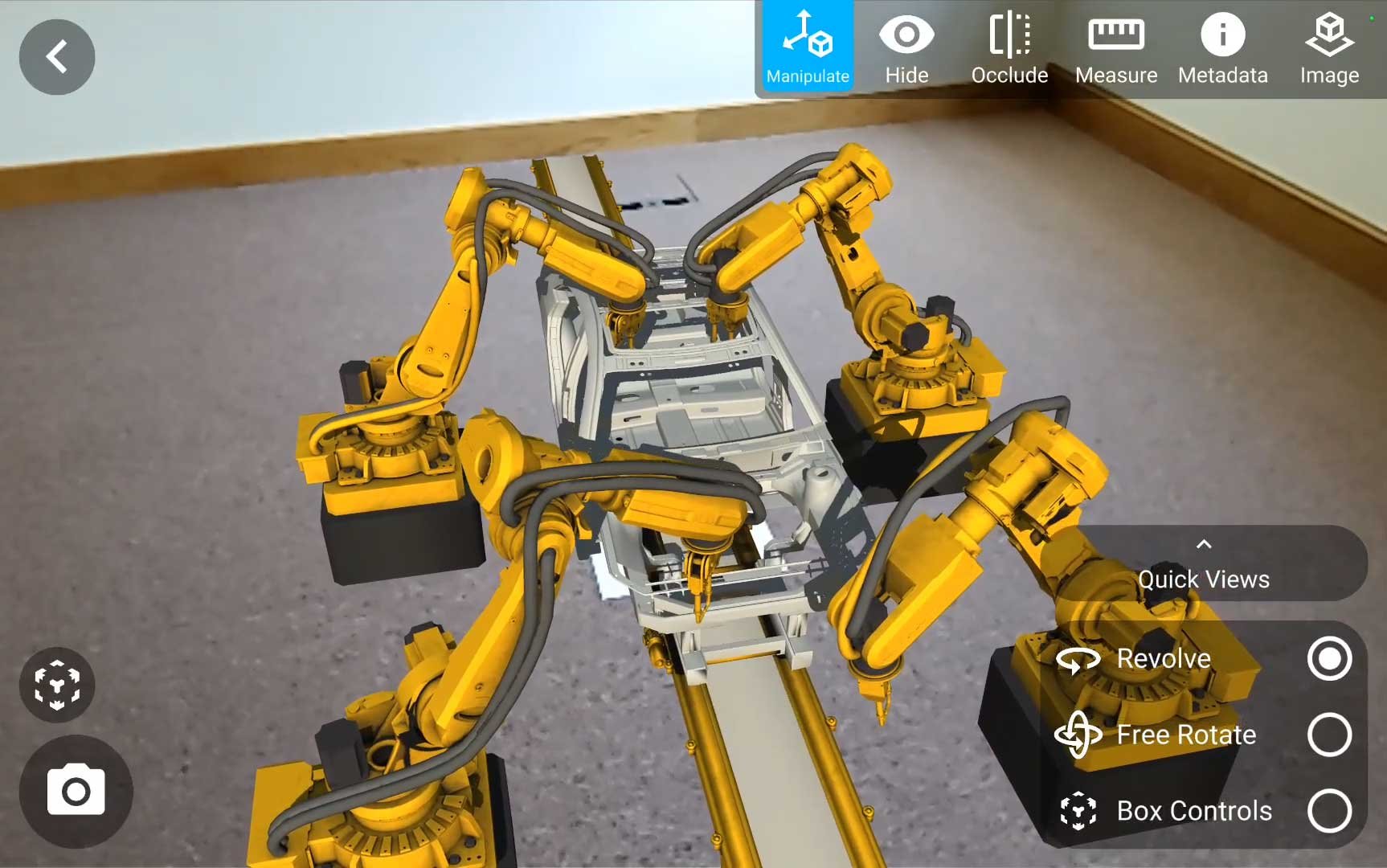Theorem Solutions – Placing models using QR codes in Augmented & Mixed Reality

How to Use QR Codes in HoloLens 2 Mixed Reality
Video: Using the QR Code Offset tool in Microsoft HoloLens 2The QR code offset feature using QR Code Detection in Microsoft HoloLens 2, allows a QR code to be utilized as an origin point when visualizing 3D models in MR. In Theorem Solutions’ Visualization Pipeline, users can set where the digital model will appear in relation to a QR code. Then any time you use a QR code to load the model it will appear in the same place.
This helps put models in context and allows users to see if something will fit in a certain location. For example, when seeing if parts would fit within an automotive setup, a QR code can be used to set the origin in the center of a car and digital models of parts can be positioned using the offset feature. This allows users to be more exact with the placement of their models when working with physical objects and digital models together.
Additionally, provided the QR code isn’t moved, this feature allows users to load a model in the same place every time. This gives users greater flexibility to their work process, allowing users to look at multiple models in succession, and then revisit a previous model with the assurance that the model will remain exactly where it needs to be.
Using QR Codes in Augmented Reality
For example, the Image Tracking feature in Theorem-AR can be used to load a large factory layout or production line and position it over a QR code. This is ideal for when you are looking to visualize large designs on a table top to be able to see all the data at once. The ability to utilize this on your handheld device makes XR technology much easier and accessible for such use cases.
Use Cases
QR codes can give users flexibility when working with digital objects interacting with a physical environment, and it is designed to be adaptable to a wide variety of use cases. But here are some examples of possible use cases that are enhanced by QR codes.
Precise Placement in MR- QR codes are particularly useful in XR when consistent precision is required. If you needed to line up two holes for a bolt to go through, for instance, you could use the QR Code offset feature to position the digital model correctly and ensure everything lines up.
Scaling large data in AR- Additionally, the ability to set a point of origin in the real world is useful when visualizing large data in AR. Having a positionable point of origin makes scaling much easier within AR, particularly when it comes to larger datasets. With QR codes you can scale the model larger or smaller, but the point of origin will remain the same.
In Summary
QR codes can be used in Augmented and Mixed Reality in a variety of different ways depending on the use case. They allow users to set a point of origin in the real world using a QR code, and with Microsoft HoloLens 2 users can position models in relation to the QR code.
With QR codes you:
• Can load 3D models into the same position multiple times
• Gain more precision when arranging digital models alongside physical objects
• Are able to scale models easier in AR
• Have greater flexibility with how your digital models are positioned in relation to the real world













